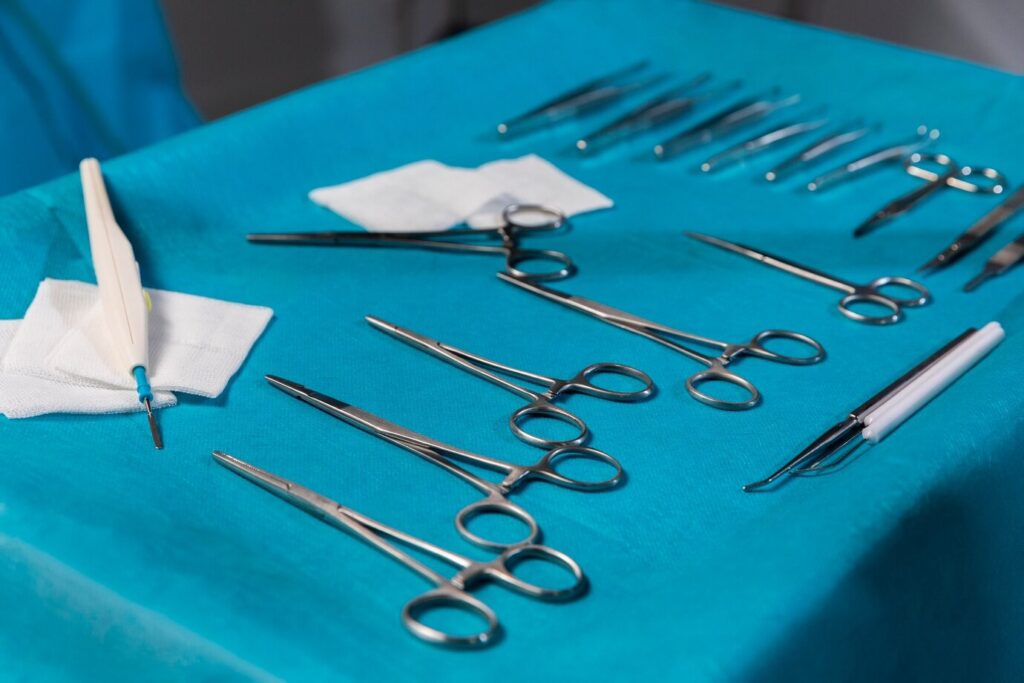Advancements in medical technology have significantly transformed the way healthcare professionals diagnose and treat patients. With each new development, the goal is to make procedures more accurate and patient outcomes more favorable.
In medicine, precision has become the focus of improvement for successful surgical interventions. One of the most promising advancements in this field is virtual surgical planning (VSP), a cutting-edge technology that is revolutionizing the way surgeons approach complex procedures.
Advanced 3D Imaging
At the heart of VSP lies its ability to create highly detailed, three-dimensional models of a patient’s anatomy. Using advanced imaging techniques such as CT scans and MRI, surgeons can now visualize intricate structures with unprecedented clarity. This level of detail allows for a comprehensive understanding of the surgical site, enabling practitioners to identify potential challenges and plan their approach with greater precision than ever before.
Enhancing Precision

One of the most significant benefits of VSP is its ability to enhance surgical accuracy. By simulating the procedure in a virtual environment, surgeons can test different approaches, anticipate complications, and optimize their surgical plan before ever stepping into the operating room. This level of preparation not only improves the surgeon’s confidence but also significantly reduces the risk of unexpected issues during the actual procedure.
Streamlining Complex Procedures
VSP has proven particularly valuable in complex surgical fields such as oral and maxillofacial surgery. Procedures like facial reconstruction and orthognathic surgery, which require meticulous planning and execution, have seen remarkable improvements in both efficiency and outcomes through the use of VSP. By allowing surgeons to pre-plan every step of these intricate operations, VSP helps streamline the surgical process, potentially reducing operating times and improving overall results.
Improved Outcomes
The most compelling argument for the adoption of VSP is its potential to improve patient outcomes. By enabling more precise and personalized surgical approaches, VSP can lead to reduced complications, faster recovery times, and better overall results. Patients undergoing procedures planned with VSP often experience less post-operative discomfort and achieve more satisfactory aesthetic and functional outcomes.
Customization and Patient-Specific Solutions

One of the key advantages of VSP is its ability to provide truly personalized surgical solutions. Each patient’s anatomy is unique, and VSP allows surgeons to tailor their approach to these individual characteristics. This level of customization is particularly beneficial in reconstructive surgeries, where achieving symmetry and natural-looking results is paramount.
Applications
As technology continues to advance, the potential applications for VSP are expanding rapidly. From neurosurgery to orthopedics, more and more surgical specialties are beginning to explore the benefits of this innovative approach. As artificial intelligence and machine learning technologies evolve, we can expect even more sophisticated planning tools that further enhance surgical precision and patient outcomes.
Find the Best VR Software Provider and Implement Virtual Surgical Planning
The integration of virtual surgical planning into modern surgical practice is a leap forward in our ability to deliver precise, patient-specific care. As we continue to push the boundaries of what’s possible in surgery, technologies like VSP will play an increasingly crucial role in improving outcomes and advancing the field as a whole. Contact a VR software provider to learn how they can help elevate your surgical planning with virtual surgical planning.




